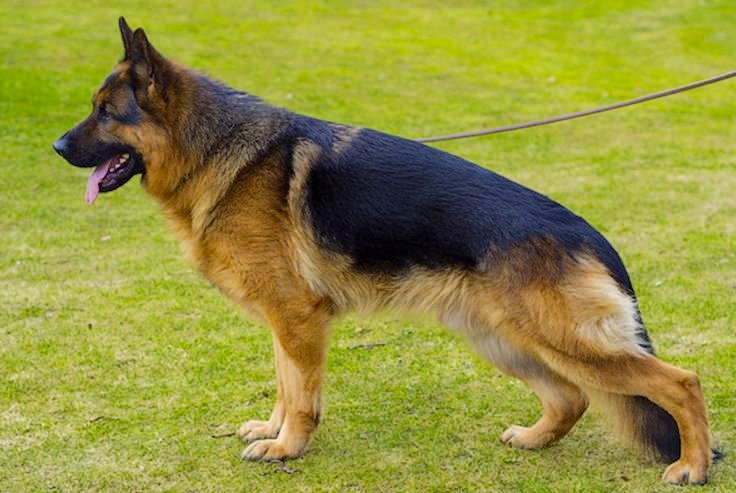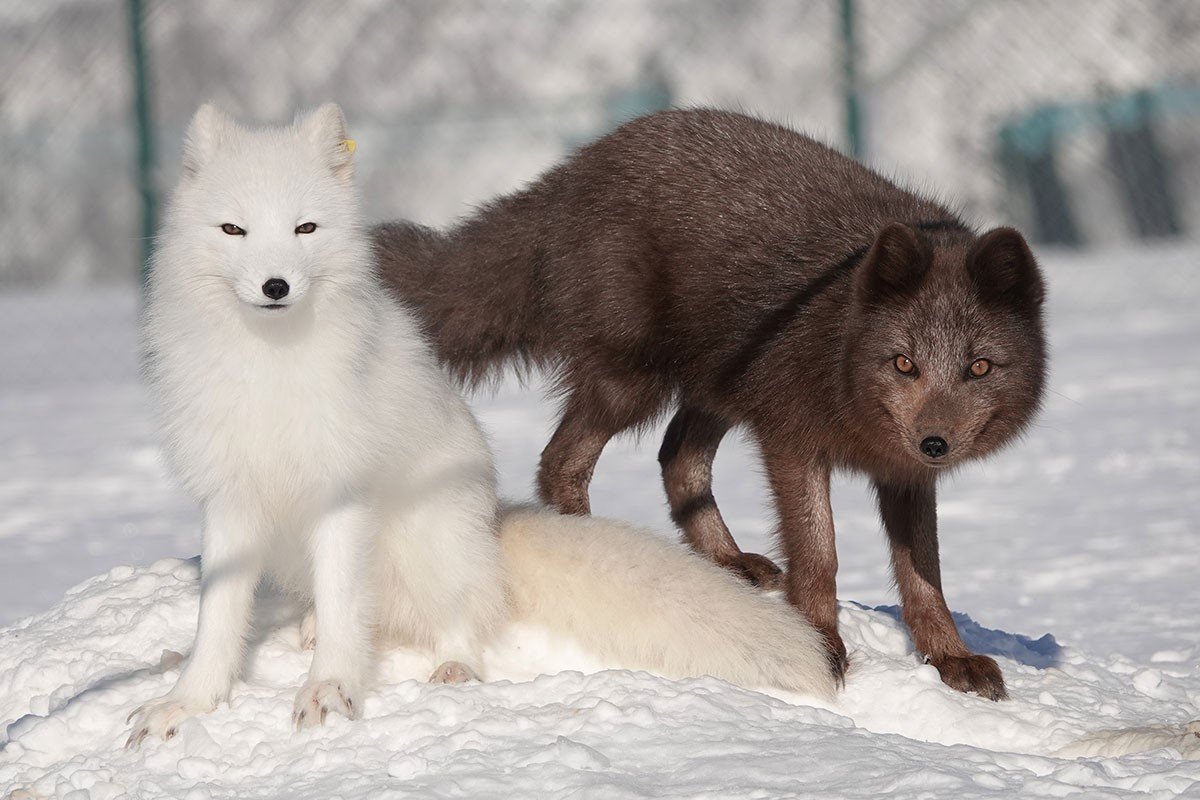A dog is a domesticated mammal belonging to the Canidae family, which also includes wolves, foxes, and other similar animals. Dogs have been selectively bred over thousands of years for various behaviors, sensory capabilities, and physical attributes. They are known for their loyalty, companionship, and diverse roles in human society, including serving as pets. Working animals, and even assisting humans in tasks such as hunting, herding, and rescue operations. Dogs come in various breeds, each with its characteristics, temperament, and physical traits. They are highly social animals that often form strong bonds with humans and other animals.
Why do dogs sniff other dogs’ rear ends?
- Dogs sniffing each other’s rear ends is a behavior rooted in their highly developed sense of smell and their social communication. When dogs sniff each other’s rear ends. They are gathering information about the other dog, such as their identity, health status, reproductive status, and even emotional state.
- The anal glands of dogs produce scent molecules that carry a wealth of information. By sniffing these areas, dogs can learn about the other dog’s gender, age, diet, and whether they are ready to mate. This behavior is part of their natural communication and helps them establish and maintain social bonds within their pack or social group.
Why do dogs bark?
Dogs bark for various reasons, and it’s one of their primary forms of communication. Some common reasons why dogs bark include:
- Alerting: Dogs often bark to alert their owners or other dogs about potential threats or changes in their environment. This could include the presence of strangers, unusual sounds, or unfamiliar sights.
- Territoriality: Dogs bark to establish and defend their territory. This behavior is particularly common when they perceive intruders or other animals encroaching on their space.
- Attention-seeking: Dogs may bark to seek attention from their owners or other animals. They might bark when they want to play, go outside, or receive food or affection.
- Anxiety or fear: Dogs may bark when they feel anxious, stressed, or fearful. This could be triggered by various factors, such as separation from their owners, loud noises, or unfamiliar situations.
- Excitement: Dogs may bark when they are excited or stimulated, such as during playtime or when anticipating something enjoyable.
How are dog years calculated?
Dog years are often used as a way to estimate a dog’s age in human terms. The traditional method for calculating dog years involves multiplying the dog’s age by a factor and adding a constant. However, this method is a simplification and doesn’t account for variations in the aging process among different dog breeds and sizes.
- A more accurate way to calculate dog years takes into account the fact that dogs age at a different rate than humans do. Generally, dogs age more rapidly in their early years and then slow down as they get older. A commonly used guideline is:
- For the first two years of a dog’s life, each dog year is roughly equivalent to 10–12 human years. This means that a one-year-old dog would be roughly equivalent to a 10–12-year-old human and a two-year-old dog would be roughly equivalent to a 20–24-year-old human.
- After the first two years, each additional dog year is roughly equivalent to 3-5 human years. This means that a three-year-old dog might be roughly equivalent to a 25–30-year-old human and the ratio continues to decrease as the dog ages.
- Keep in mind that this is just a general guideline, and the aging process can vary based on factors. Such as the dog’s size, breed, genetics, and overall health. Some larger breeds tend to age more rapidly than smaller breeds, and individual dogs.Within the same breed may age at different rates. Regular veterinary check-ups and attention to the dog’s health and behavior are essential for understanding their aging process.
When do dogs need shots?
- Dogs require vaccinations, or “shots,” to protect them from various contagious and potentially deadly diseases. The timing and types of vaccinations a dog needs can vary based on factors such as their age, health status, lifestyle, and geographic location. However, there are some general guidelines for when dogs need shots:
- Puppy vaccinations: Puppies typically receive a series of vaccinations starting at around 6–8 weeks of age. These initial vaccinations help protect them from diseases such as distemper, parvovirus, adenovirus, and parainfluenza. The series usually continues every 3–4 weeks until the puppy is around 16 weeks old.
- Booster shots: After the initial series of puppy vaccinations, dogs require booster shots to maintain immunity against certain diseases. Booster shots are typically given annually or every 3 years, depending on the specific vaccine and the recommendations of your veterinarian.
- Rabies vaccination: Rabies vaccination is required by law in many areas and is typically given to puppies at around 12–16 weeks of age, with booster shots given annually or every 3 years thereafter, depending on local regulations and vaccine type.
- Additional vaccinations: Depending on the dog’s lifestyle and risk factors, additional vaccinations may be recommended. These may include vaccines for diseases such as Bordetella (kennel cough), leptospirosis, Lyme disease, and canine influenza. Your veterinarian can provide guidance on which additional vaccines are appropriate for your dog based on factors such as their risk of exposure to certain diseases.
- It’s essential to work closely with your veterinarian to develop a vaccination schedule tailored to your dog’s individual needs. Regular wellness exams and discussions with your vet will help ensure that your dog receives the necessary vaccinations to protect their health and well-being.
Internal link: bilaar.com











